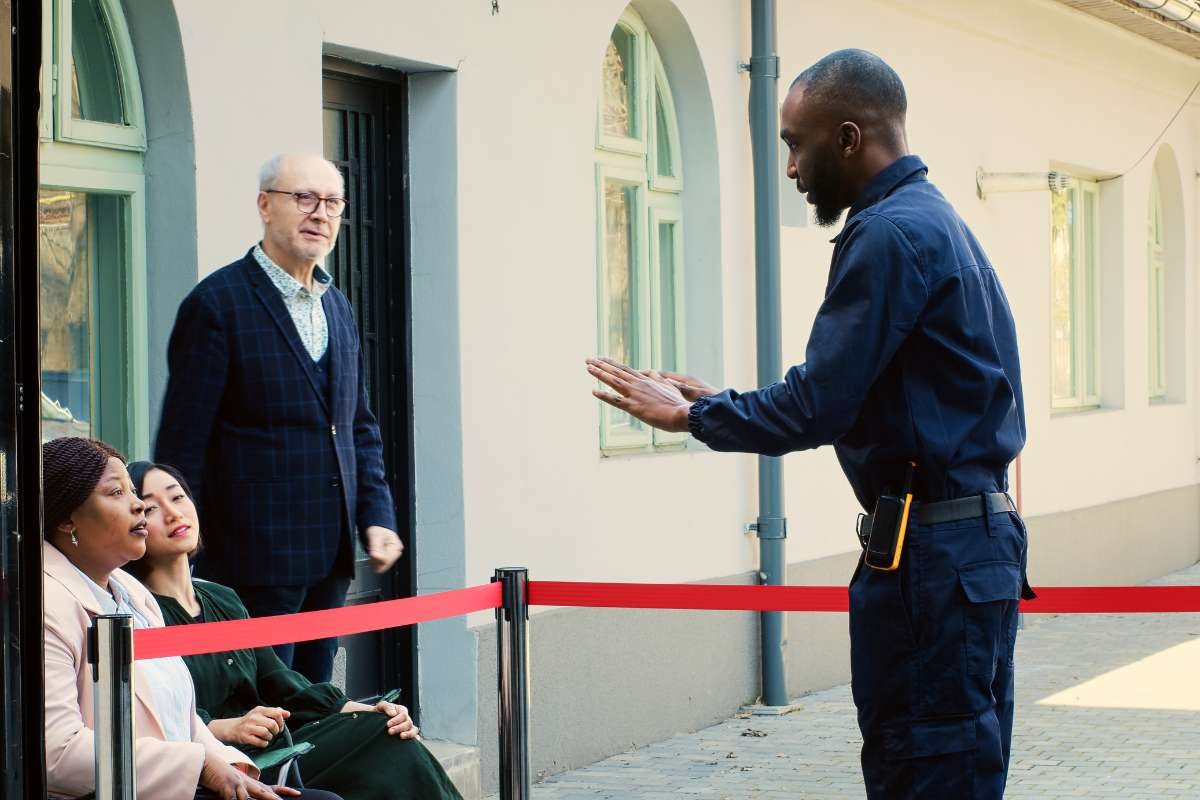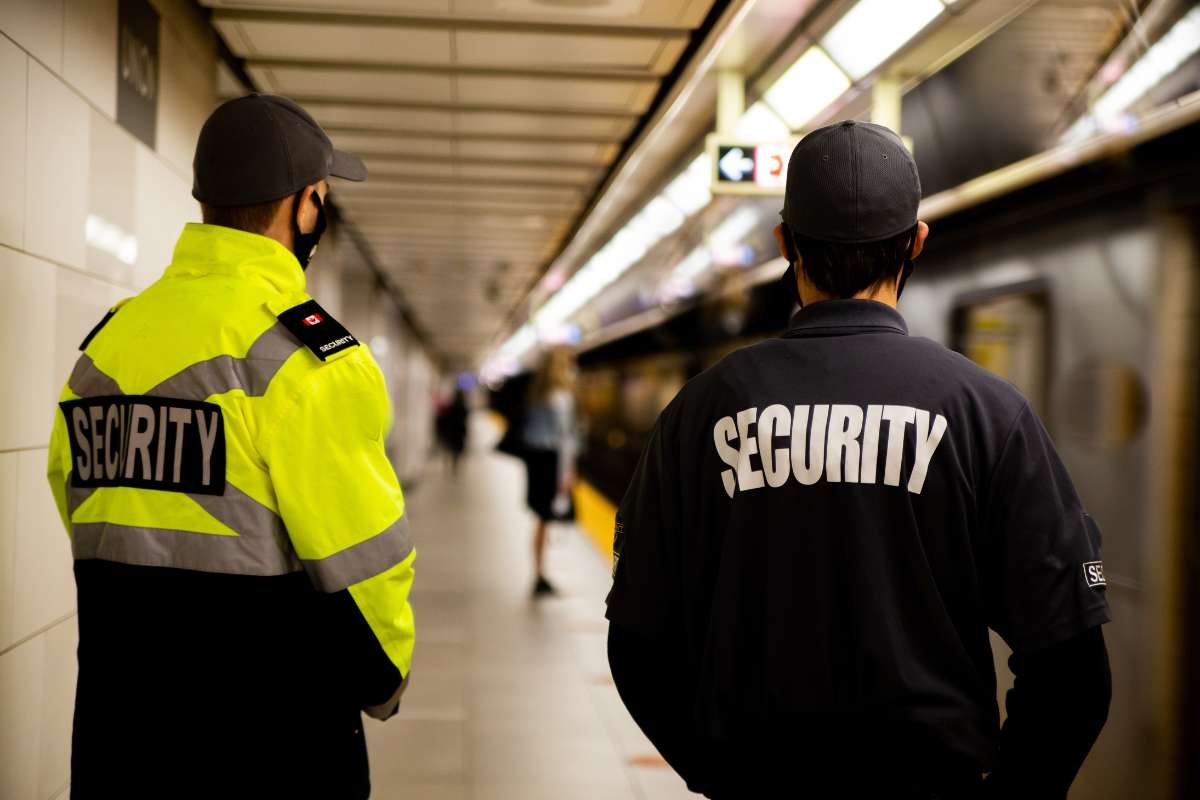Security officials work in high-stress environments that regularly require them to mediate a conflict. A proper understanding of the dynamics of conflict resolution is great information in the hands of the security team to enhance performance and balance the workplace. In this article, we explore real-world ways in which you can resolve disputes between security guards and tips on how to make sure everything ends peacefully.
Getting to the Root of the Conflict
Awareness of what motivates conflict is the basis of knowing how to manage security guards. Disputes can occur due to poor communication, different values, or simply work-related stress. It is important to identify these root causes to tackle these issues properly. The nature of the disagreement can usually be discovered through open dialogue. By listening with empathy, the guards will understand each other, which will facilitate respect and cooperation with each other.
Encouraging Collaboration
Focusing on a culture of teamwork goes a long way in lessening the number of disputes. Building trust among the security personnel through teamwork and open communication is encouraged. The chance of any misunderstanding is less when each team member is valued and heard. Leadership is an important part of this tone. Instituting positive behavior and inclusivity will help supervisors lead their teams toward harmonious interaction.
Communication Skills To Apply

The most important conflict resolution tool is simple, clear communication. Security staff should be trained to communicate proactively in an assertive but respectful manner. On the other hand, understanding and comprehension require active listening, where the guards reflect on what others say. Non-verbal cues also have great significance in communication. Maintaining a steady composure, making eye contact, and employing open body language expresses reverence and attentiveness and can diffuse tension when responding.
Applying Conflict Resolution Techniques
Several different approaches can be adopted to settle disputes between security guards. One method is mediation, in which a neutral party helps the feuding parties talk. In this method, the guards are enabled to express their viewpoints in a conducive manner while laying the path toward reaching common ground. An alternative is negotiation, where both parties work together to reach solutions that are acceptable to them. In such situations, both parties take ownership of the resolution process.
Programs for Training and Development
It’s vital to provide security personnel with regular training on conflict resolution. Disputes can be resolved constructively, and workshops/seminars can be provided on communication, problem-solving, and emotional intelligence, which will help enhance the guards’ skills. The ongoing growth not only betters each individual but also solidifies the team as a whole. Investing money in education shows you care about people moving ahead within the company, which helps everyone involved.
How to Handle Stress and Emotions?

Often, a security role means dealing with high-pressure situations, so being able to manage stress is essential. It’s up to the guards to identify and manage their feelings, especially in confrontations. Stress management strategies, such as focused breathing exercises, mindfulness, or simply taking a step away from work for a minute or two, can also be effective tools. By achieving equilibrium on the emotional front, security personnel can confront conflicts with a sound mind and a balanced approach.
Positive Feedback and Self-Assessments
Feedback serves an important function in conflict resolution. When guards give feedback, supervisors can learn about team dynamics and ways to improve. Teams can learn from past conflicts by reflecting on the experience and adjusting their approach to future conflicts. A feedback-receptive atmosphere can help in the constant development of individuals and build team strength.
Leveraging Leadership Support

Leadership support remains critical in managing conflict situations. Supervisors should be readily available to offer support but not hover. They have to be neutral, treating both sides fairly. Supervisors who set a positive example for everyone in the workplace can reassure their team members in the face of conflict and help them deal with these issues more assertively and responsibly.
Conclusion
Resolving conflicts among security guards requires a combination of experience, communication, and leadership. Security teams can prevent conflicts by resolving underlying causes and promoting an atmosphere of cooperation. Security guards can also learn to resolve matters peacefully through training, feedback, and support from leadership. Adopting these strategies improves team dynamics, which helps make your workplace safer and more productive. Ultimately, strengthening conflict management processes leads to effective outcomes for all participants, and that builds a cohesive, efficient security function.








